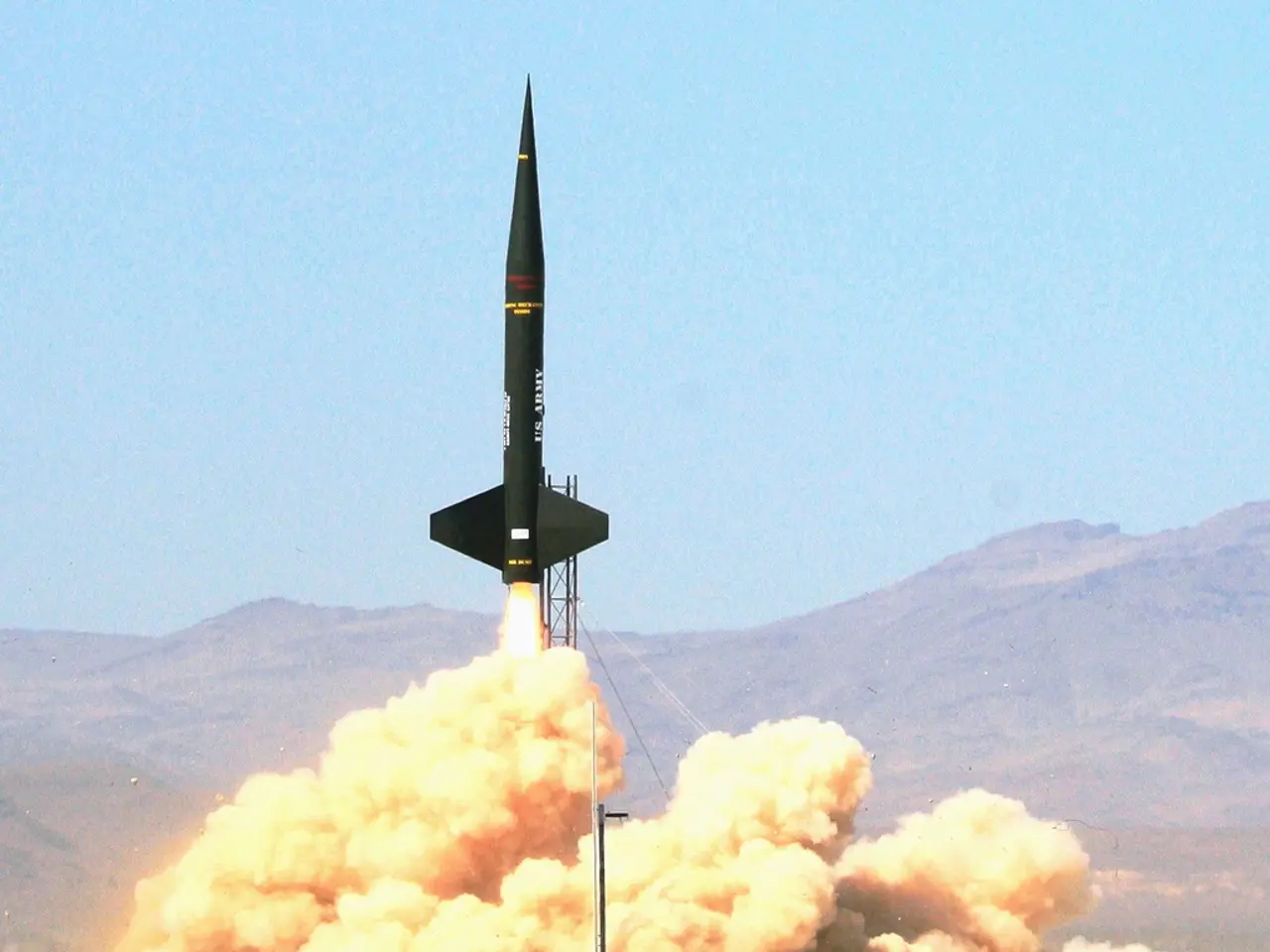Intense Dust Storms and Soaring Temperatures Above 40 Degrees: Kazakhstan Experiences Disaster Hotspot
Kazakhstan is currently experiencing a mix of late summer weather patterns, with forecasts indicating rain, thunderstorms, strong winds, dust storms, and extreme heat danger zones across various regions.
From August 1 and continuing into early August, atmospheric fronts and a northwestern cyclone are bringing showers and thunderstorms, notably in the north, east, central, and mountainous southeast regions. Heavy rains, hail, squalls, and wind strengthening are expected in these areas, while dust storms are forecast for southern and southwestern parts [1][2][3].
Strong winds are predicted countrywide, and dust storms particularly affect the southwest and southern regions [2][3]. Fog will occur during night and early morning hours in the north and east [2].
Temperature extremes vary significantly by region: - Western Kazakhstan is facing severe heat with daytime highs reaching +36 to +41 °C, especially in areas such as Atyrau, Mangistau, West Kazakhstan, and Aktobe [2][4]. - Southern regions may see daytime highs around +40 °C [2]. - Northern, eastern, and central regions are cooler, with nighttime lows between +5 and +18 °C and daytime temperatures ranging from +15 to +30 °C during the first week of August [1][3].
Extreme fire danger warnings are in effect in numerous regions, including Turkistan, Almaty, Kyzylorda, Zhambyl, Atyrau, Mangistau, and others, due to the sweltering temperatures and dry conditions [4].
In summary, August 2025 in Kazakhstan is marked by a mix of late summer heat and unstable weather patterns including thunderstorms, heavy rains, hail, dust storms, and strong winds, with extreme heat danger and high fire risk concentrated in western and southern zones [1][2][3][4].
Environmental science students might find the drastic weather changes in August 2025 Kazakhstan particularly interesting, as the region experiences unstable patterns with thunderstorms, heavy rain, dust storms, extreme heat danger zones, and strong winds. Climate-change research in scientific communities could further analyze these weather fluctuations.








